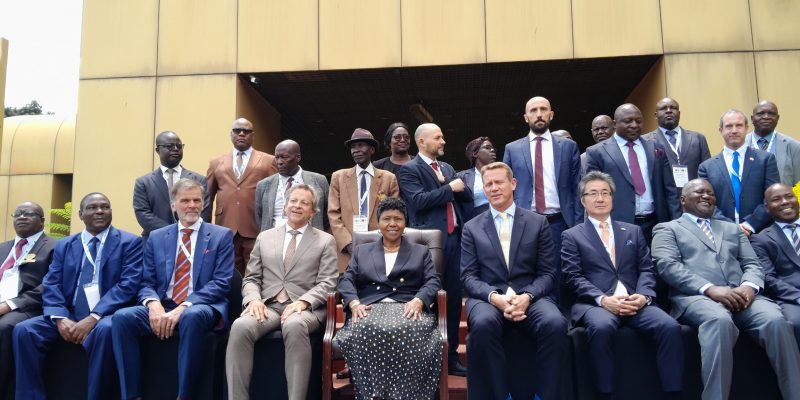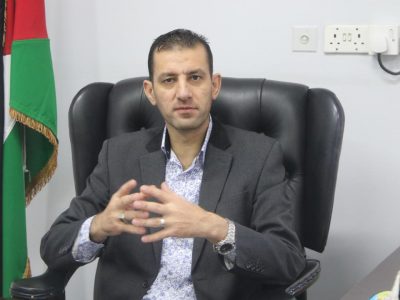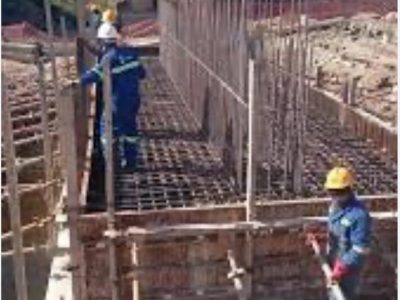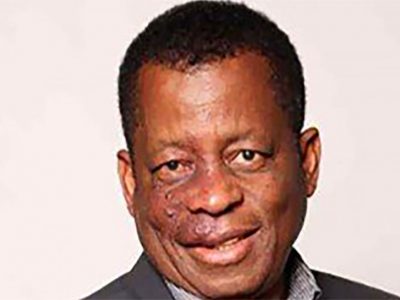In a bid to address the country’s landmine predicament, the Minister of Defence on the National Stakeholders Dialogue On Humanitarian Demining And Mine Victim Assistance, minister Oppah Chamu Zvipange Muchinguri-Kashiri officially launched the 3-day national stakeholders dialogue. The event was held as part of the nation’s combined efforts to gather enough resources for the mine action programme in pursuit of the quest for a mine free Zimbabwe.
The gathering brought together key stakeholders, including the minister of state for provincial affairs and devolution: Harare metropolitan, international names were also present, the likes of Luan Raun Carlos of the mine ban convention, civil society groups, and survivors of landmine accident. All were in attendance to discuss strategies for clearing landmines, assisting victims, and promoting sustainable peace and development.
By Gamuchirai Mapako
Zimbabwe Mine Action Centre (ZIMAC), together with the European Union have extended a hand in promoting the rights of mine survivors and other persons with disabilities in Zimbabwe. Speaking in an interview, minister Muchinguri Shiri stated that the government has made available USD$2 million for the movement with promises to increase the amount.
The dialogue, which is being held at the HICC in Harare, aims to review the country’s progress in demining and providing assistance to landmine victims, as well as to identify challenges and opportunities for future action. The meeting is also expected to explore ways to strengthen collaboration and coordination among stakeholders, and to mobilize resources and support for demining and victim assistance efforts.
Zimbabwe has been affected by landmines and other explosive remnants of war for decades, particularly in the aftermath of the liberation war. While significant progress has been made in clearing landmines and providing assistance to victims, much work remains to be done. The country is still contaminated with landmines, which pose a threat to human life and livelihoods, particularly in rural areas.
“Minefields were planted by the Rhodesian colonial forces at the height of the armed struggle for independence in the 1970s with a view to inhibit the movement of freedom fighters from neighbouring countries”, said minister Muchinguri Shiri.
The minefields transcended six provinces, Matebeleland north, Mashonaland west, Mashonaland central, Mashonaland east, Manicaland and Masvingo, covering an estimated area of 310, 650 square kilometres.
According to the numbers, all except 12,0 square kilometres 4% of the mine infested areas, has been cleared and handed back to the community for economic use. Significant progress has also been made in areas like Masvingo, Victoria falls, Kariba power station, all cleared by the National Mine Clearance Unit, making these provinces mine free. As of date, above a thousand people in Zimbabwe were killed by land mines with over a hundred thousand injured, all mostly children.
The national stakeholders dialogue is a critical step towards addressing this challenge and ensuring that Zimbabwe becomes a safer, more secure place and mine free for all its citizens.
As the Minister of Defence noted in her opening remarks,
“It is our hope that deliberations during this workshop will help unlock funding for mine action in Zimbabwe as mine clearance is hinged on sustained funding from government and current new donors”.
The issue of landmines is a humanitarian concern that requires a collective response. Zimbabwe as a whole must work together to ensure that the country is free from the threat of landmines and that those affected by these deadly devices receive the support and assistance they need.









Comments